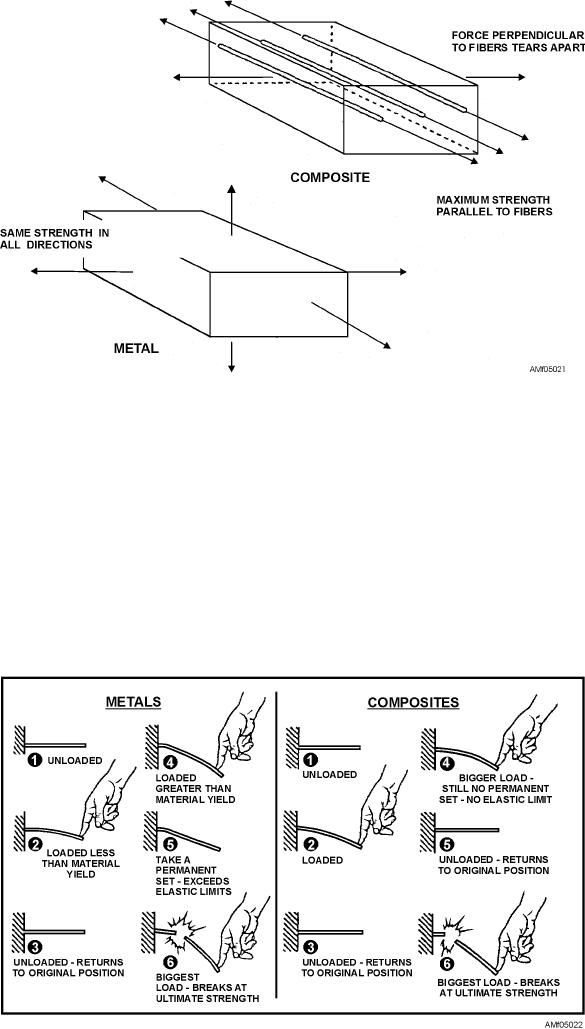
Figure 5-21.--Design properties comparison.
and mechanical strengths equal in all directions.
composition of the reinforcing materials and by the
Stresses and strains are equally transmitted in all
type of matrix materials.
directions. Composites can have different physical and
The primary factors taken into consideration when
mechanical strengths in different directions, and are
designing composites are the costs (research and
considered anisotropic or quasi-isotropic. These
development, production, fuel economy), type of
strengths are determined by the fiber orientation
application (load requirements of the structure,
patterns. The patterns are unidirectional, bidirectional
adjoining materials, service-life requirements), mission
or quasi-isotropic. Maximum strength is parallel to the
and maintenance requirements, and operational
fibers, and loads at right angles to the fibers tend to
environment (hot/cold weather, relative humidity,
break only the matrix. See figure 5-21. Metals and
altitude, land/carrier based).
composites respond differently when subjected to
The comparative properties of composites and
loads. See figure 5-22.
metals are that metals have almost the same physical
Figure 5-22.--Response to applied loads.
5-17



